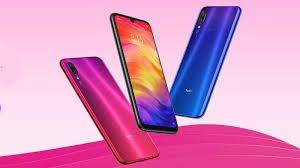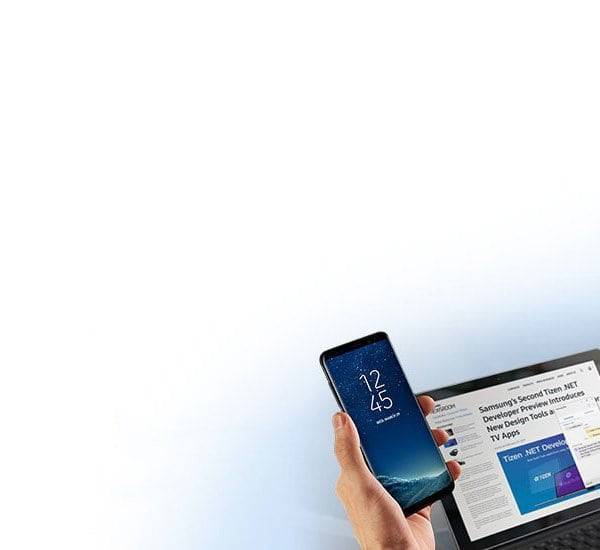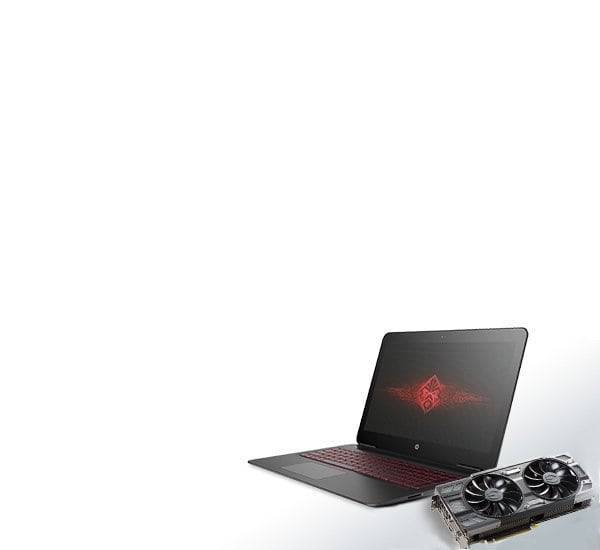The Redmi brand is known to recycle design on its smartphones, in fact, the entire Xiaomi brand is known to do so. In all, the smartphone takes after others before it, with a similar design just different internals which makes it cheaper to make. However, the smartphone still looks good maintaining the nice gradient design. There are the bezel reduction all over the screen style and the circular notch at the top of the screen.

The Redmi 7 is significantly bigger than its predecessor in all dimensions, and heavier too. At 180g and 8.47mm in thickness, this phone is quite a handful, and you’ll feel its heft in your pocket when walking around. It also isn’t easy to reach all corners of the screen with just the thumb. With this generation, even the low-cost Redmi 7 gets a modern “dot” notch, though we have to say that if you’re looking for a borderless screen, this phone doesn’t quite fit that description. The good news is that Xiaomi has used Gorilla Glass 5 for the display, which gives the user some level of comfort while using.
There’s a very slim earpiece right above the front camera notch, and the sensors are hidden. A tiny white LED embedded in the chin below the screen lights up when this phone is charging and goes off when the battery is full. The rear dual-camera module sticks out just a tiny bit and doesn’t get in the way of anything. On the top of this phone, you’ll find a 3.5mm headset socket and an infrared emitter for controlling appliances with. A single tray on the upper left can hold two Nano-SIMs as well as a microSD card, which is always good to see. Of the two grilles on the bottom, only one is actually a speaker.
The 6.26-inch screen has a resolution of 720×1520 and an aspect ratio of 19:9. Xiaomi says you get 84 percent of the NTSC colour gamut which is decent enough for a low-cost phone. There’s a 4000mAh battery which is a big bump up from 3000mAh on the Redmi 6, and while Qualcomm’s Quick Charge isn’t explicitly supported, the bundled charger is rated at 10W. The Redmi 7 supports 4G and VoLTE on both SIMs, as well as single-band Wi-Fi 802.11n, Bluetooth 4.2, and GPS. There’s an electronic compass plus the usual accelerometer and ambient light sensor, but no gyroscope. Our diagnostics showed that this phone supports Widevine L3 DRM, not L1 for full-HD video streaming.
Xiaomi Redmi 7 full specifications
GENERAL
| Release date | March 2019 |
| Launched in India | Yes |
| Form factor | Touchscreen |
| Body type | Plastic |
| Dimensions (mm) | 158.73 x 75.58 x 8.47 |
| Weight (g) | 180.00 |
| Battery capacity (mAh) | 4000 |
| Removable battery | No |
| Colours | Blue, Red, Black |
DISPLAY
| Screen size (inches) | 6.26 |
| Touchscreen | Yes |
| Resolution | 720×1520 pixels |
| Protection type | Gorilla Glass |
| Aspect ratio | 19:9 |
| Pixels per inch (PPI) | 269 |
HARDWARE
| Processor | 1.8GHz octa-core |
| Processor make | Qualcomm Snapdragon 632 |
| RAM | 3GB |
| Internal storage | 32GB |
| Expandable storage | Yes |
| Expandable storage type | microSD |
| Expandable storage up to (GB) | 512 |
| Dedicated microSD slot | Yes |
CAMERA
| Rear camera | 12-megapixel (f/2.2, 1.29-micron) + 2-megapixel |
| Rear autofocus | Phase detection autofocus |
| Rear flash | Dual LED |
| Front camera | 8-megapixel (f/2.0) |
SOFTWARE
| Operating system | Android 9.0 Pie |
| Skin | MIUI 10 |
CONNECTIVITY
| Wi-Fi | Yes |
| Wi-Fi standards supported | 802.11 b/g/n |
| GPS | Yes |
| Bluetooth | Yes, v 4.20 |
| Infrared | Yes |
| Micro-USB | Yes |
| Headphones | 3.5mm |
| FM | Yes |
| Number of SIMs | 2 |
| Active 4G on both SIM cards | Yes |
| SIM 1 | |
| SIM Type | Nano-SIM |
| GSM/CDMA | GSM |
| 3G | Yes |
| 4G/ LTE | Yes |
| Supports 4G in India (Band 40) | Yes |
| SIM 2 | |
| SIM Type | Nano-SIM |
| GSM/CDMA | GSM |
| 3G | Yes |
| 4G/ LTE | Yes |
SENSORS
| Face unlock | Yes |
| Fingerprint sensor | Yes |
| Proximity sensor | Yes |
| Accelerometer | Yes |
| Ambient light sensor | Yes |





